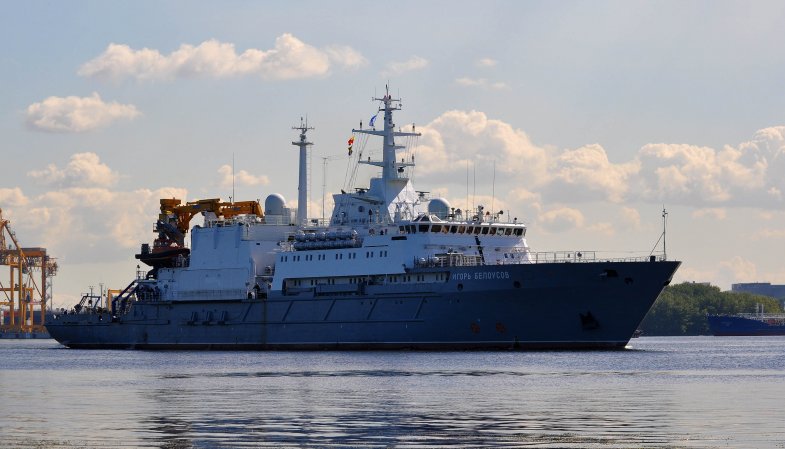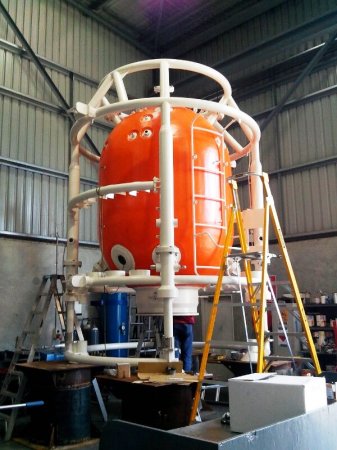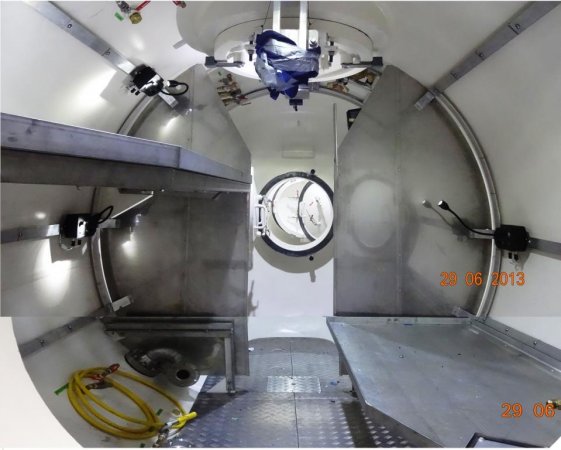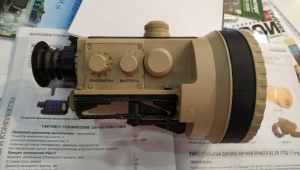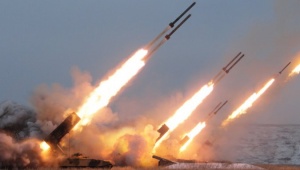How does the newest salvage ship tie in with the largest tragedy of the present-day Russian Navy?
According to the experts, while attempting to save Kursk crewmen, our Navy lacked special-purpose rescue equipment. As a result, Kursk became a common grave for 118 submariners, though at least 23 crewmen were alive and waiting for help for some time after the shipwreck. However, in fact at that time Russian Navy had no search-and-rescue fleet, and active steps to renew it began only after the catastrophe. Russia managed to build the first new-generation salvage ship only 15 years after.
If the Kursk tragedy happens now, will the new rescuer help somehow?
Most likely, not. Her speed is quite low, so she may just be late to reach a wrecked submarine. Moreover, experts agree that for full-fledged rescue operations the Navy needs at least two such ships for every of four fleets. So, eight ships in total.
Besides, the submariners rescue system GVK-450 mounted on the ship has not passed full range of trials, divers managed to reach only one fourth of the operational depth. Nevertheless, the ship has been already commissioned and diving to maximum depths is planned only during trial operation in 2016. Sadly, that’s a standard procedure.
What may pose a problem with diving in 21st century? There are lots of submersibles, many people have diver’s license.
Capabilities of exterior manipulators of submersibles are quite limited, as well as capabilities of divers wearing atmospheric diving suits (a kind of an old-styled outfit where interior pressure equals to the atmospheric one). It is very difficult to perform serious works by these methods, but when it comes to rescue submariners, all works are normally complex.
For this reason, in deep-sea dives they use equipment where interior pressure equals to the outside underwater one. The depths in question (500 meters) are accessible only for tens of divers worldwide. Some experts say it is easier to send a human to space than to such depth. To compare, atmospheric pressure in space is 0 atm., on the ground is 1 atm., and at the 500 depth is 50 atm. Almost every dive at such depth causes health problems, so in Russia they give a title of Hero for such dives.
Are there any claims to officials regarding construction of Igor Belousov?
First of all, it is cost. The head ship cost Russian budget 10 bln roubles. Also, Igor Belousov has some problems with import substitution. Initially, the ship was supposed to be fully home-made, but then it turned out that many components were imported and might be subject to sanctions, not to mention the sweepingly grown currency rates.
Would the national defense industry change anything?
Unlikely. Perhaps, in this case the ship would be also completed with high cost overrun and out of time. Russian manufacturer – the Lazurit Central Design Bureau – many times postponed delivery date of its rescue system, and finally requested assistance of foreign companies. At that stage defense ministry decided to recall the order from the design bureau and transmit to a private company.
What can be done then?
Speed up the building process. Otherwise, we will obtain other seven ships not earlier than middle 21st century. Also, many foreign experts (Russian ones are very few and more or less biased) are in doubt about feasibility of construction of rescue systems designed for 500-meter depth. History of Russian Navy shows that submarines usually suffer wreck either in coastal waters where submersibles operating at 200 meters are quite enough or in ocean abyss where it is no one to rescue.
Take note, 200-meter deep systems are materially cheaper and built faster. For instance, US Navy uses container-based systems that can be easily placed on any non-specialized vessel. Besides, 200-meter depths are much safer for divers.
Sounds interesting. Where one can read more about this matter?
In 2013, FlotProm made a large journalistic into this matter, and things have not changed much since that time. In addition, in 2015 there was a news summary about GVK-450 and Igor Belousov rescue ship.
Will New Russian Ship Manage to Save “Kursk”?
On Friday, December 25, the Russian Navy commissioned an advanced search-and-rescue ship Igor Belousov equipped with GVK-450 submariners rescue system. In this article Mil.Today puts simply what connects Igor Belousov and GVK-450 with nuclear submarine Kursk.














